Not my age (well yes, my age), but looking at the Olympus 25mm as the true replacement for the still missed 20 f1.7 Panasonic and moving on. The real need is to partner the 17mm that I am very pleased with in the semi wide street environment role.
So the role of a partner lens to the 17mm? More snap or "modern" smooth bokeh, more compression, more glow.
I just love the 40mm focal length. Been there and done that several times in various formats, but either the camera system did not fit or the lens proved problematic. In the case of the Panasonic, it fell through the cracks when the more practical 17mm Olympus proved time and again that it delivered, especially in focussing options.
Yes, the stellar 20mm has only one relatively minor flaw. Slow autofocus and relatively stiff and un-marked manual focus operation, two things the 17mm does better.
Now to be clear; there is no room in my bag, nor any need for a 40mm focal length between a 35 and a 50. My feeling is the 40mm is the ideal lens to have instead of the other two*, but not as well as. Why clutter the thinking process up with too many choices that are really only a matter of perspective change by degrees?
Buying the 25mm F1.8 (50mm equivalent) seemed a no brainer at the time. Reviewers were giving it a big tick even when compared to the Panasonic 25 f1.4 (I had two of these over a couple of years, but they did not stick), and with a better price/size/functionality, I just grabbed it when it came out.
The problem is, the 20mm's sharpness, angle of view (a less distorting 35mm really) combined with a highly portable pancake design. It is not really a better lens optically than the 25mm Olympus, but it renders differently and is poor in application compared to the 17mm.
So the question is can I forget the 20mm and use the 25mm I have had now for 3 years, but used little in that time.
The 25mm has become a filler lens. You know, the one you feel better having, but have to find an excuse to use. I struggle with it, but cannot work out why. In truth there is nothing to complain about. It handles well and has always delivered, but what is wrong?
In the spirit of finding a reason to use it, in probably it's best application as the "one lens, lens", I grabbed it, and only it, for a road trip today, intending to decide the issue.
First, is it sharp?
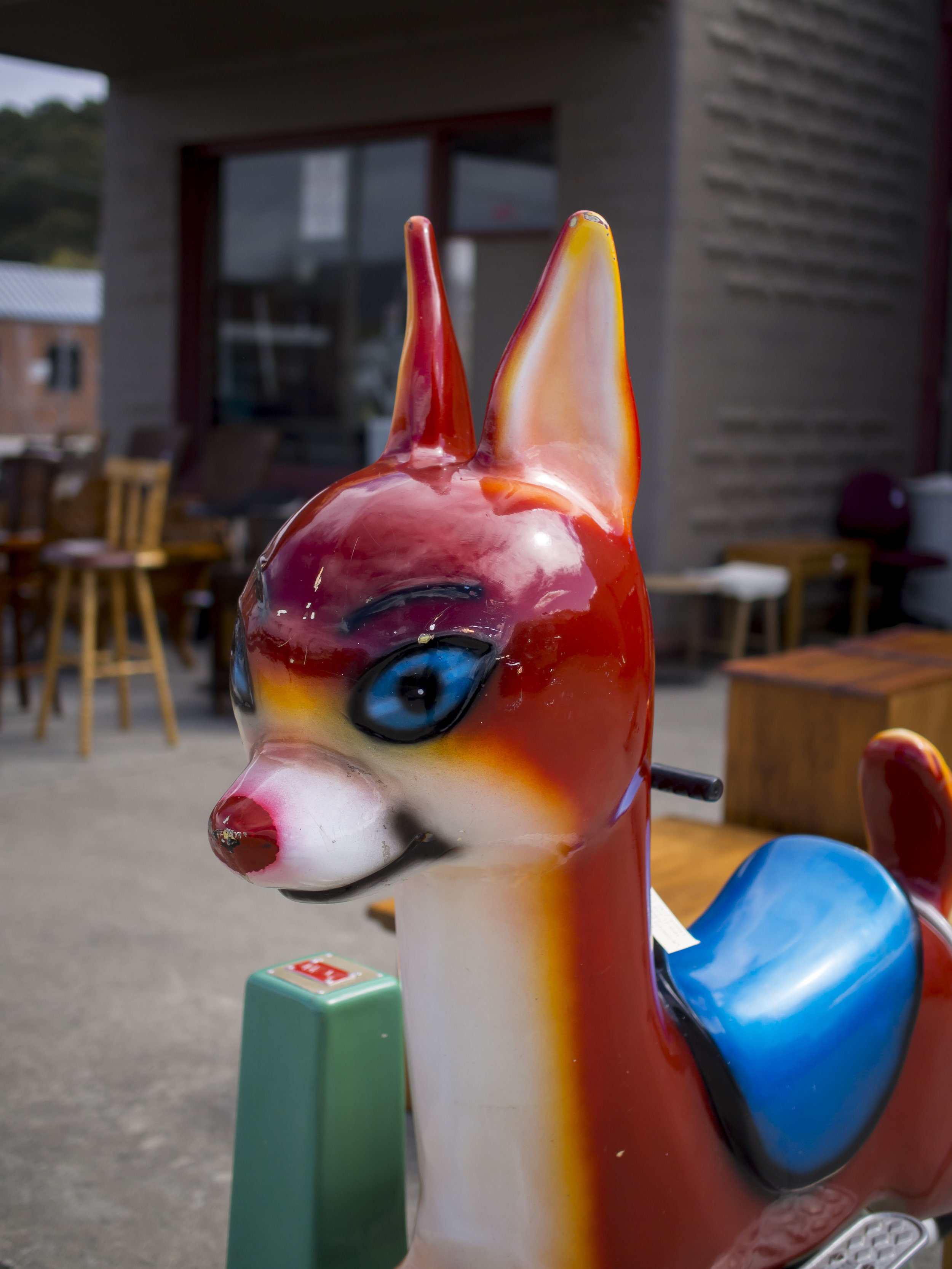
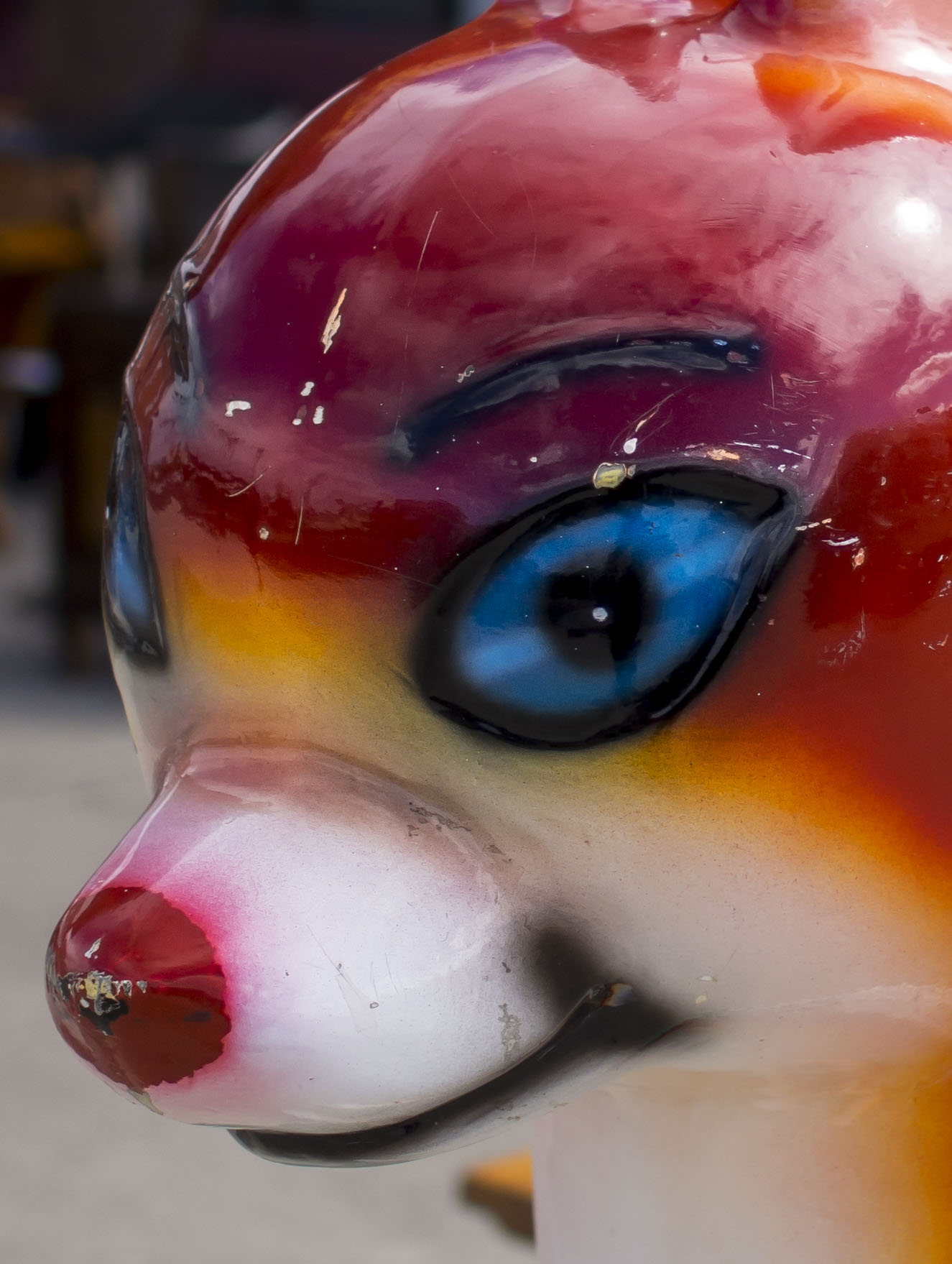
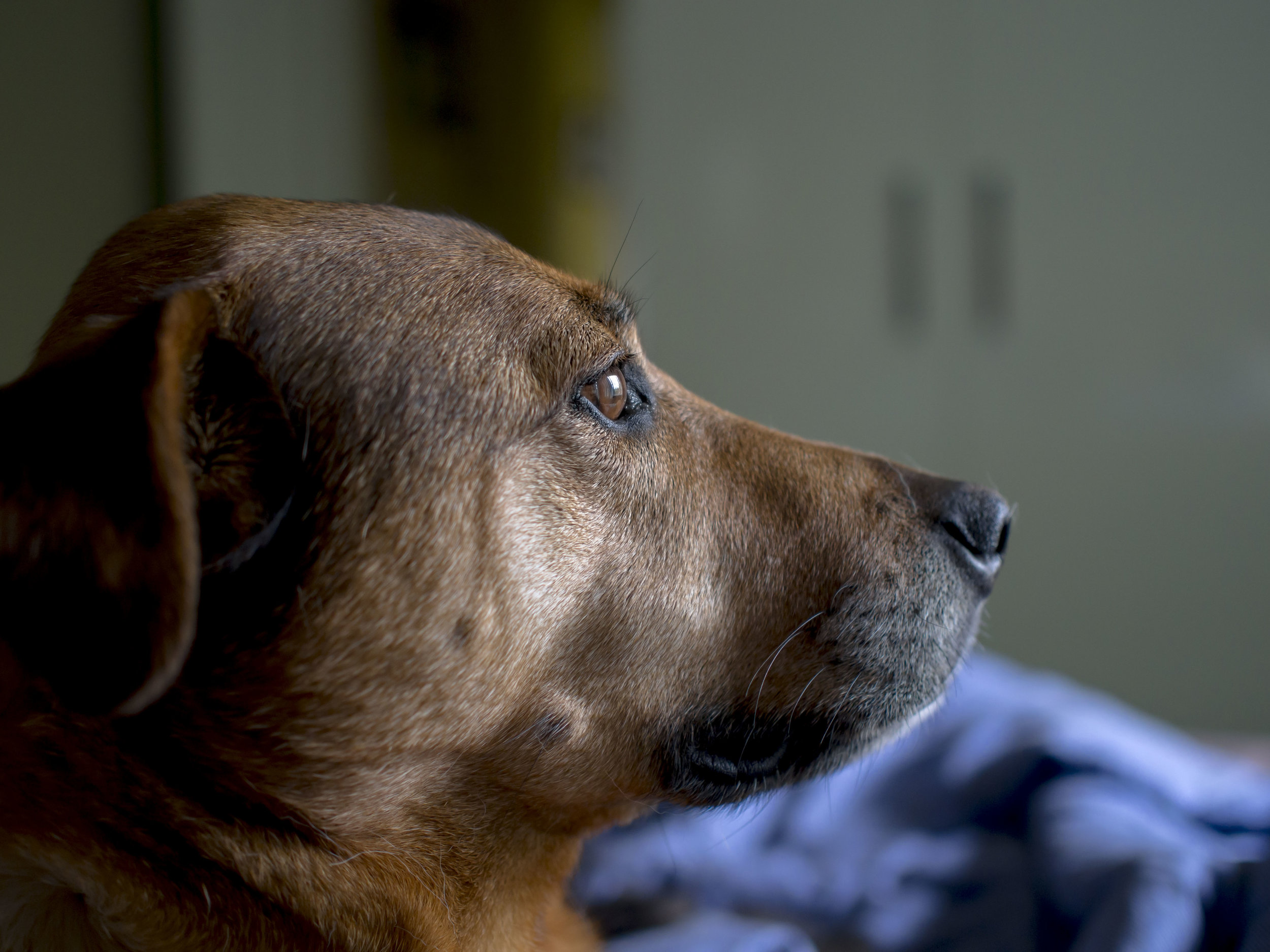
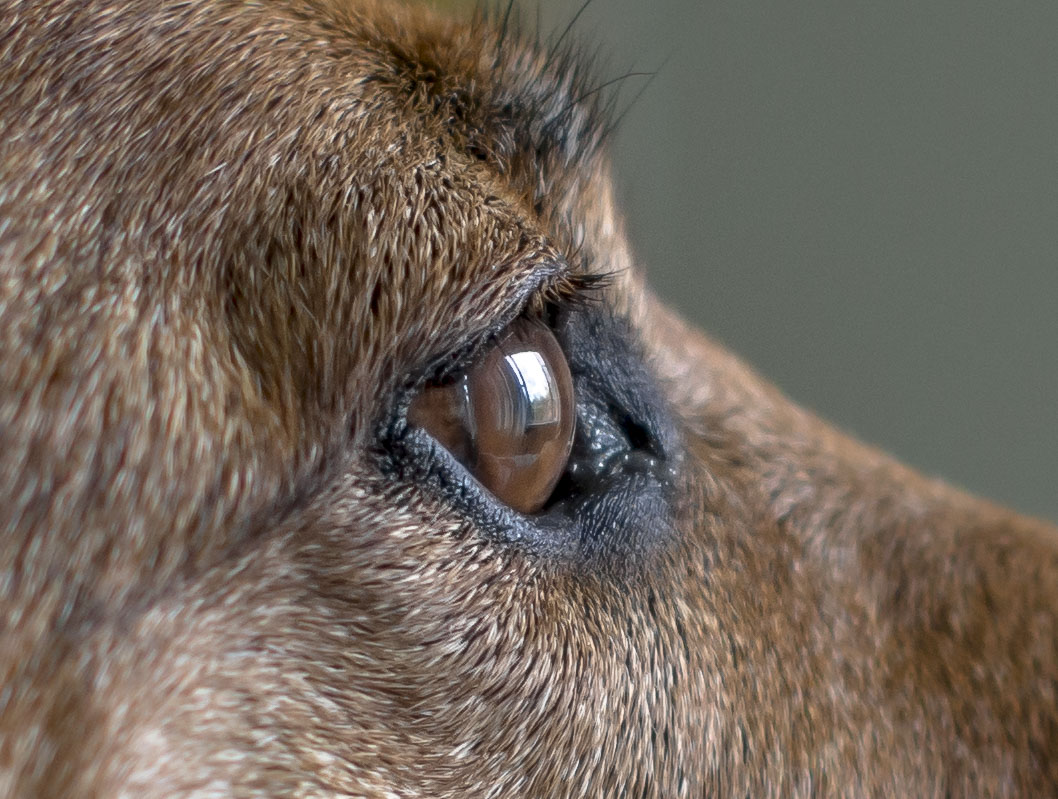

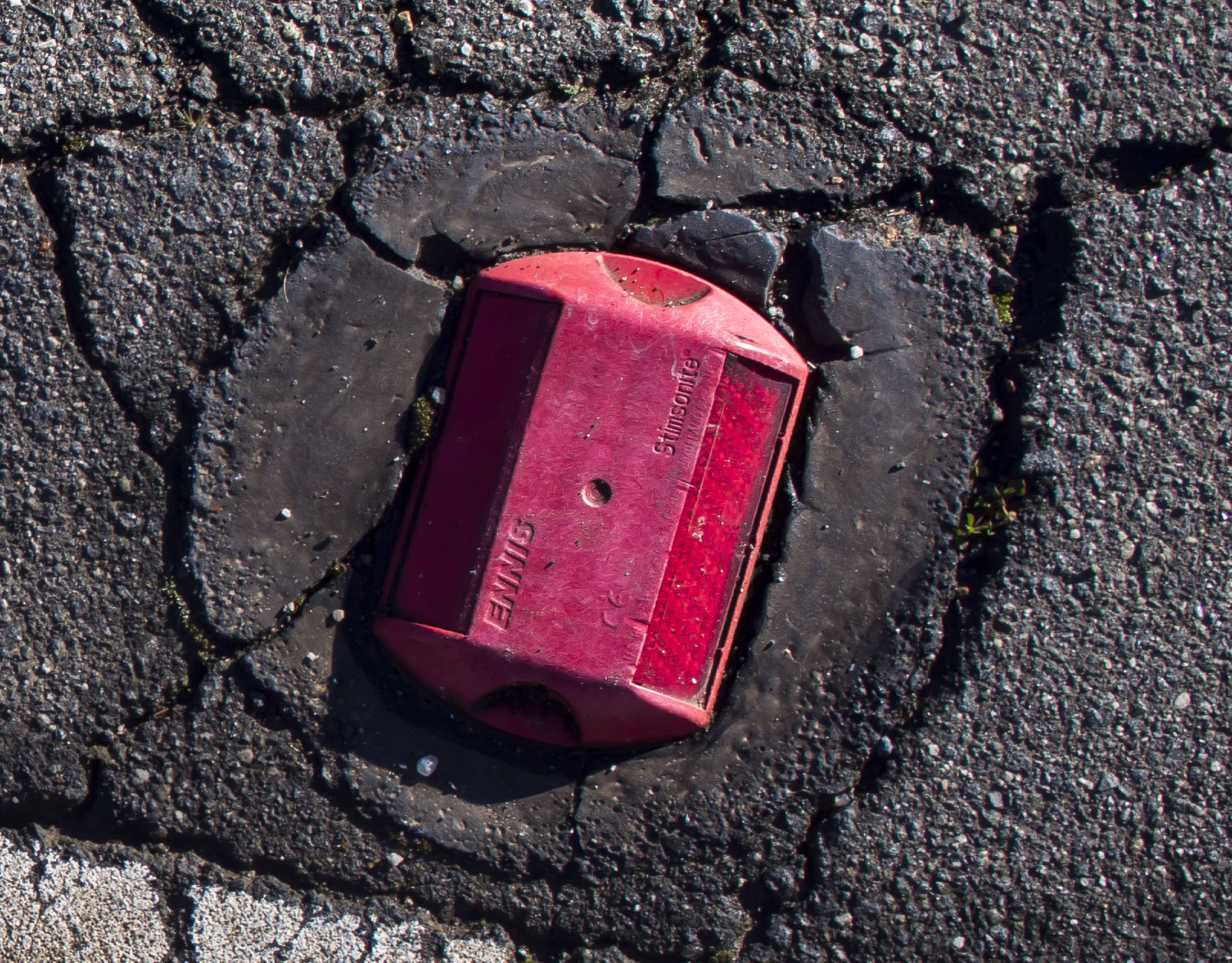
As you can see from the first two images above, crops included, even wide open it is professionally sharp and the background is perfectly smooth. The last image stopped down to f5.6 is effortlessly sharp hard into the corners. All images are with my standard work flow from RAW EM5 images.
Is it problem free?

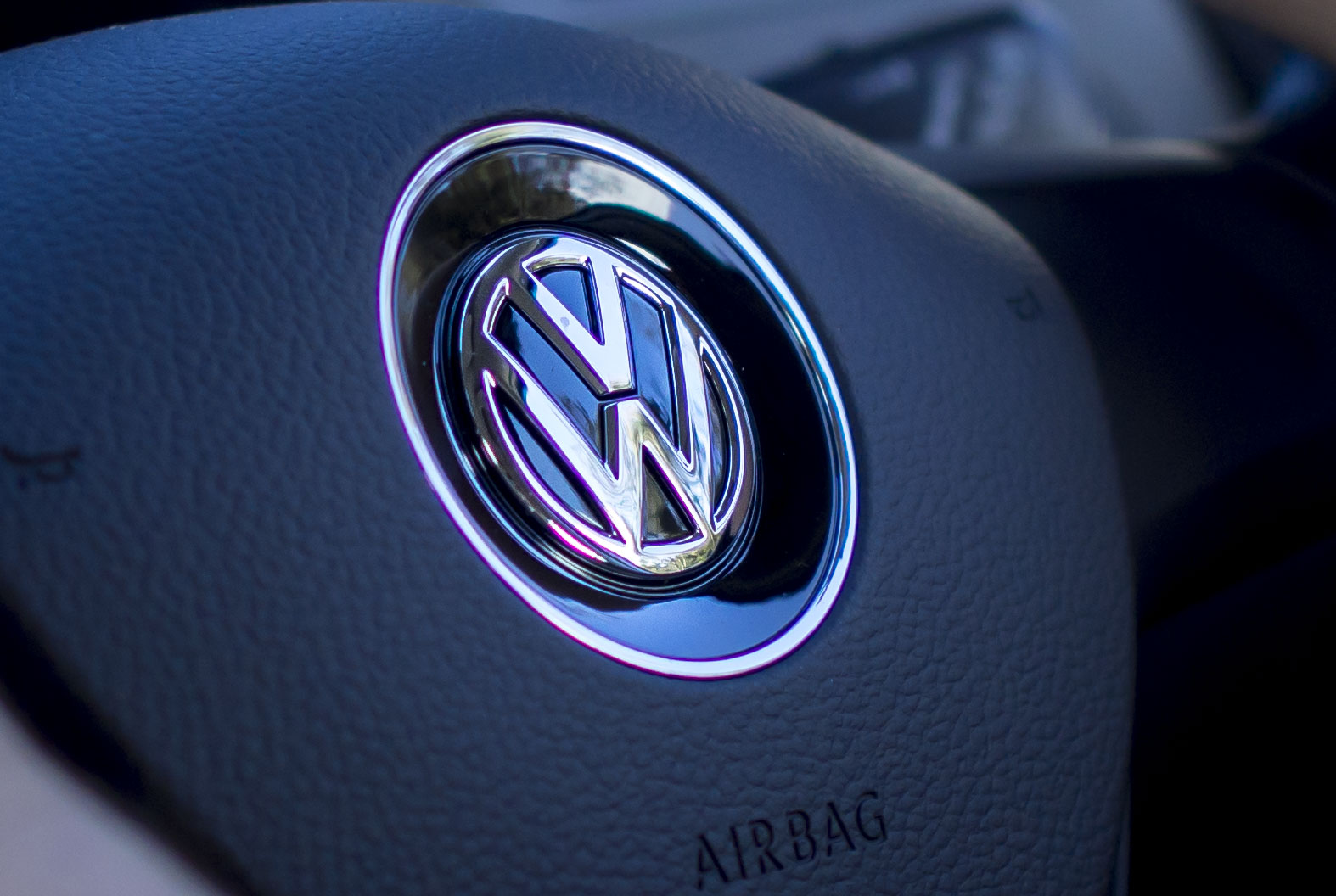
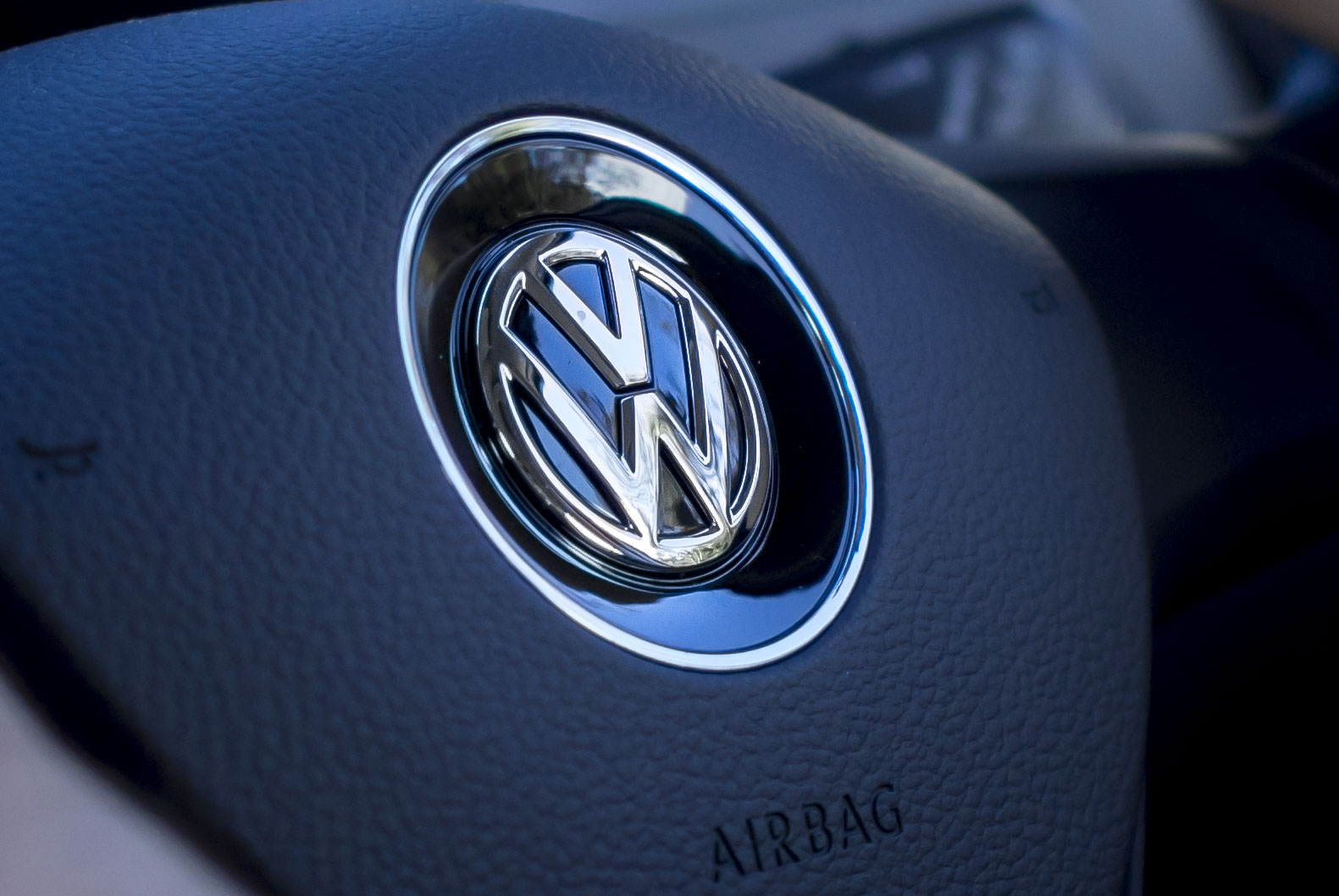
No, not totally, but easily fixed. The above image, also wide open has some expected situational CA that took only a little fixing (see crops). Not much else to complain about. Unlike the 17mm, which tends to loose contrast wide open, this one keeps it's punch.
How about Bokeh?
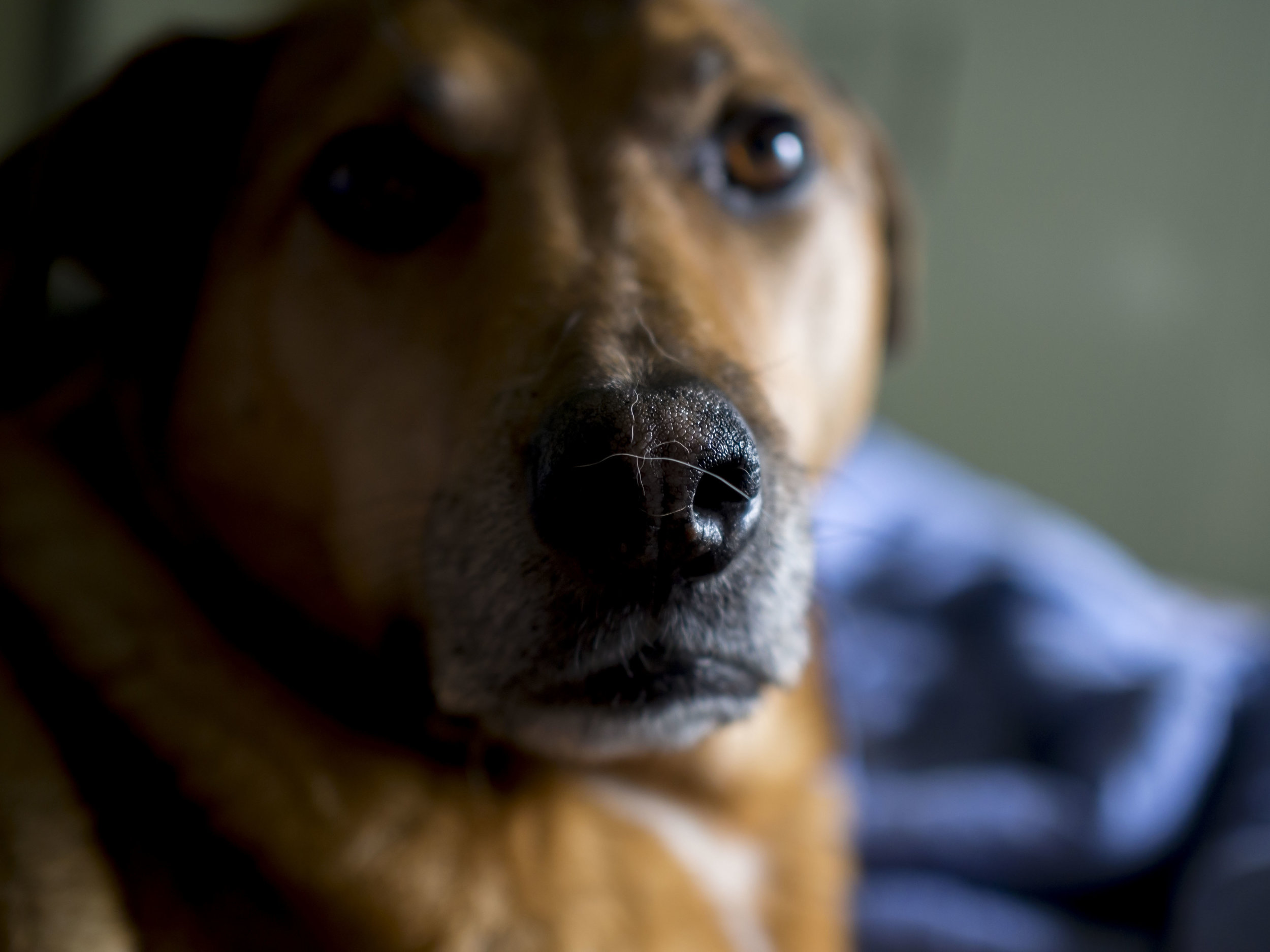


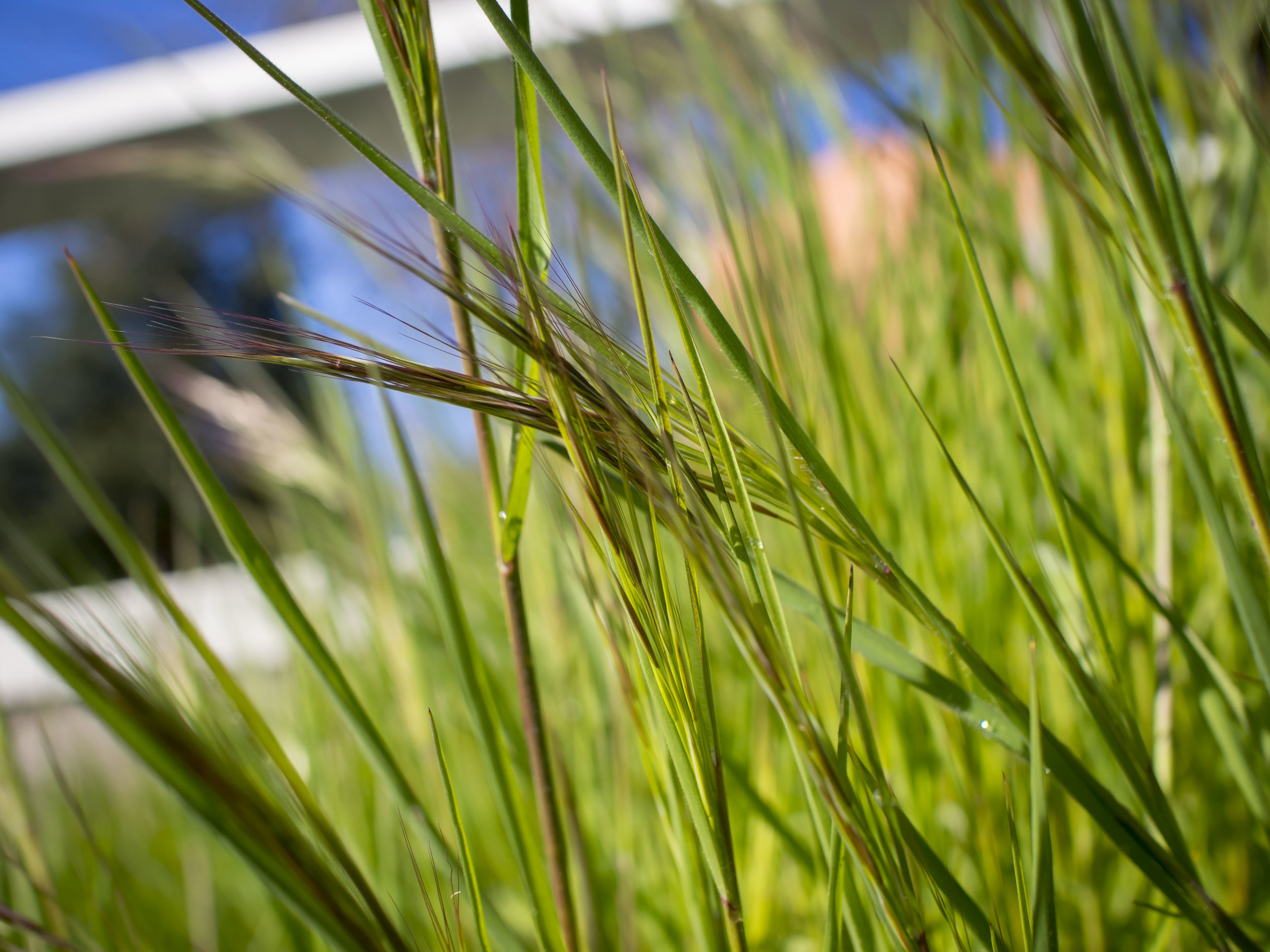
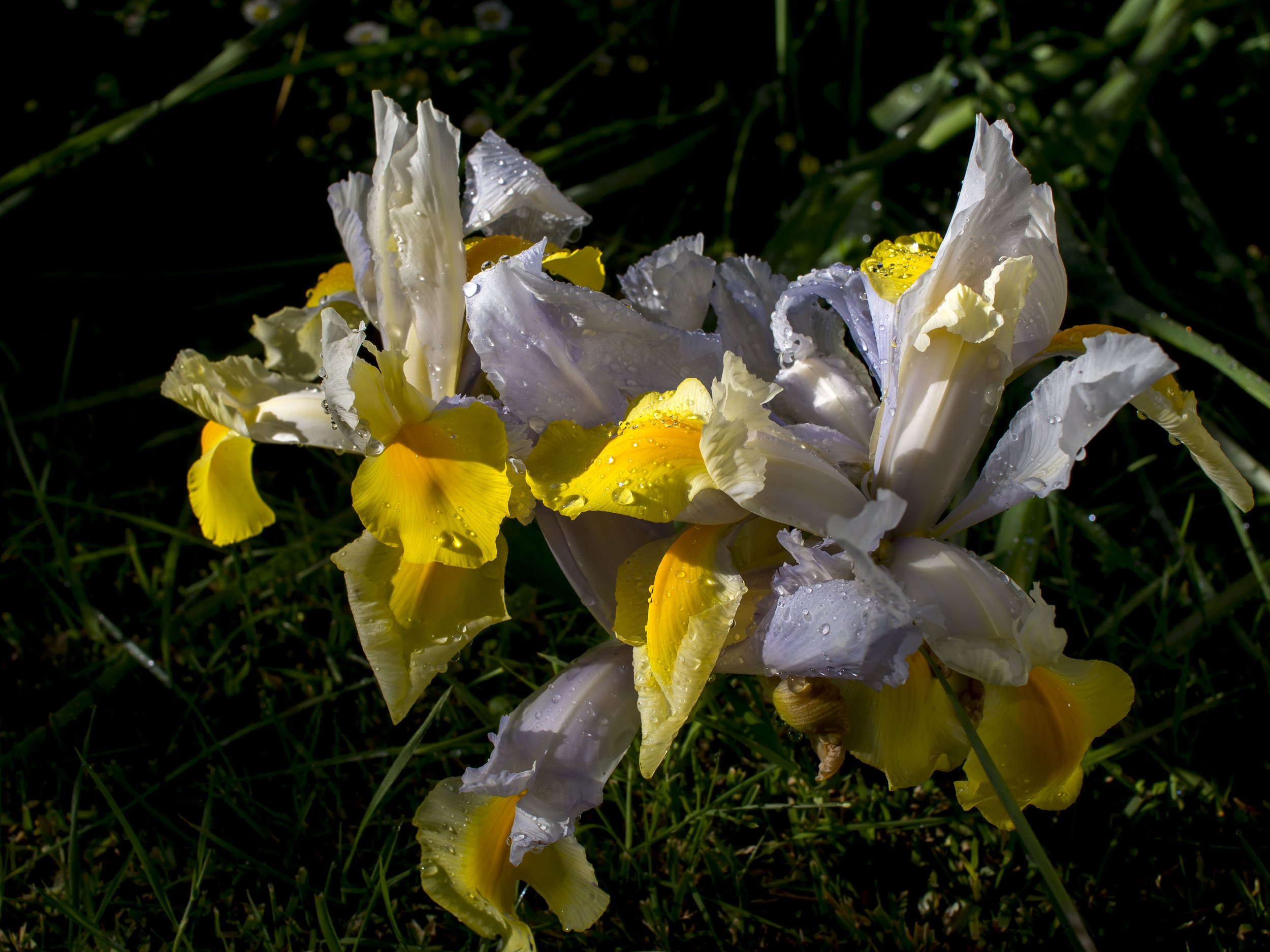
The first two images are at f1.8 (that is her own hair on her nose, shedding for summer), showing front/back Bokeh and good focus accuracy. Perspective aside, there is a longer lens look to these shots. The third image is at f4, showing nice gentle transition, the fourth is at f2.8 harmoniously taming chaos and the last at f5.6 showing how forgiving it is when DOF is limited by circumstance or physics. The 17mm is better at holding out of focus information, but this lens offers the opposite look, snappy and defined.
Conclusion; Nice on the eye overall, with that same 20mm "snappy" look. It also has better close focus with a more natural perspective than the semi wide. This is the opposite look to the 17mm, ideal.
And finally colour and contrast.
Looking at the images above, the colour is rich (less like the 17mm, more like the 75mm) and contrast is on the strong end. The colour from the 20mm is more like the 17mm, so less reason to add it next to that lens.
Problem solved?
Not sure.
The real issue I think is the 25mm (50mm e.) lens is to me is a short portrait lens, where the 20mm is an environment lens. Relaxed and inclusive, without the slight distortion the 17mm, the 20 (40) is the ideal "everywhere" focal length. The 50mm is not and traditionally never was the perfect compromise lens** (approximately 42mm is technically the standard on a full frame camera). The 50mm is actually the first of the natural rendering portrait focal lengths, so it is probably the correct foil for the wider than standard 17mm.
If this is really the case and I suppose it really is, it means that all of my wide work, such as I do, will be handled by a capable enough little 17mm.
* Olympus and Panasonic obviously agree as neither does a cluttered range of focal lengths in their offerings, the clutter comes when you combine the two. Panasonic goes 14 replaced by 15, 20, 25 while Olympus is 12, 17 replaced by 17, 25.
**I assume it became the standard lens because it has a more natural perspective and being a gentle-short portrait lens, with the main subject often more important to many hobbyists, that still offers the user a good enough general purpose option. Minolta used to offer a 58mm as their standard lens. Most medium format makers still sold a closer to 40mm equivalent as their standard lens through the film era.